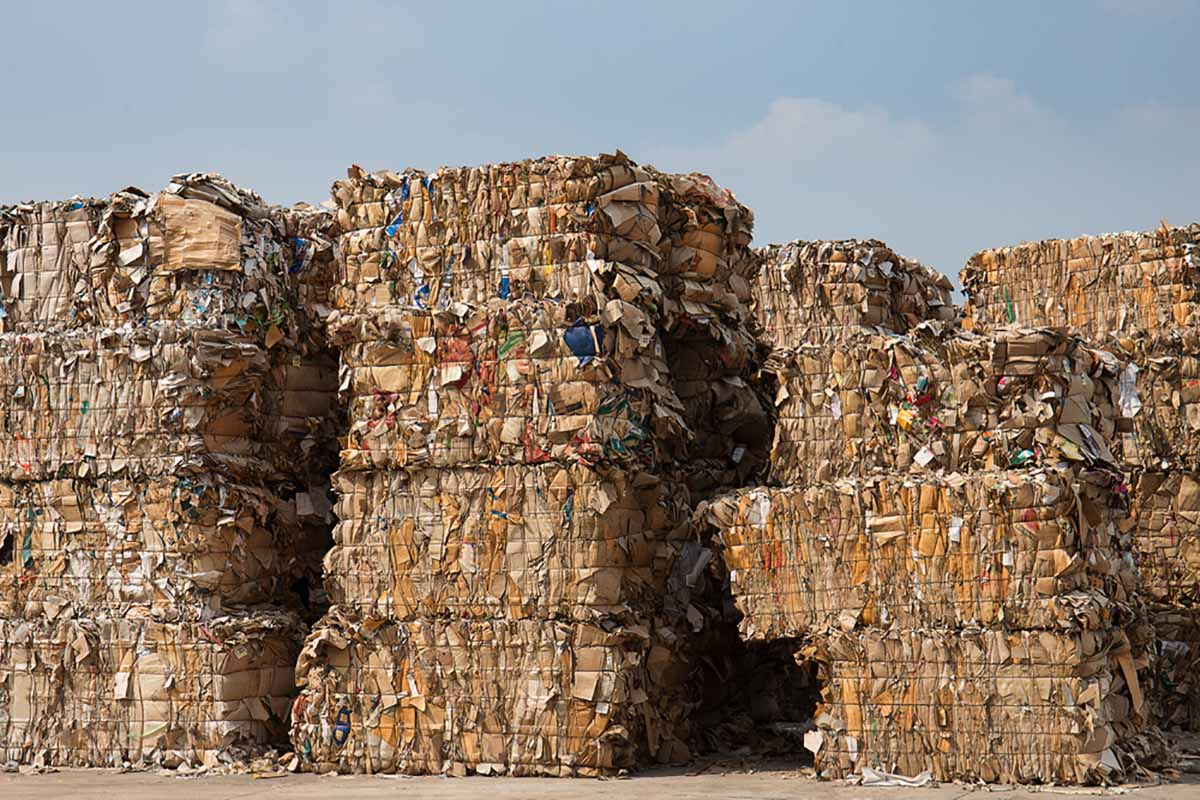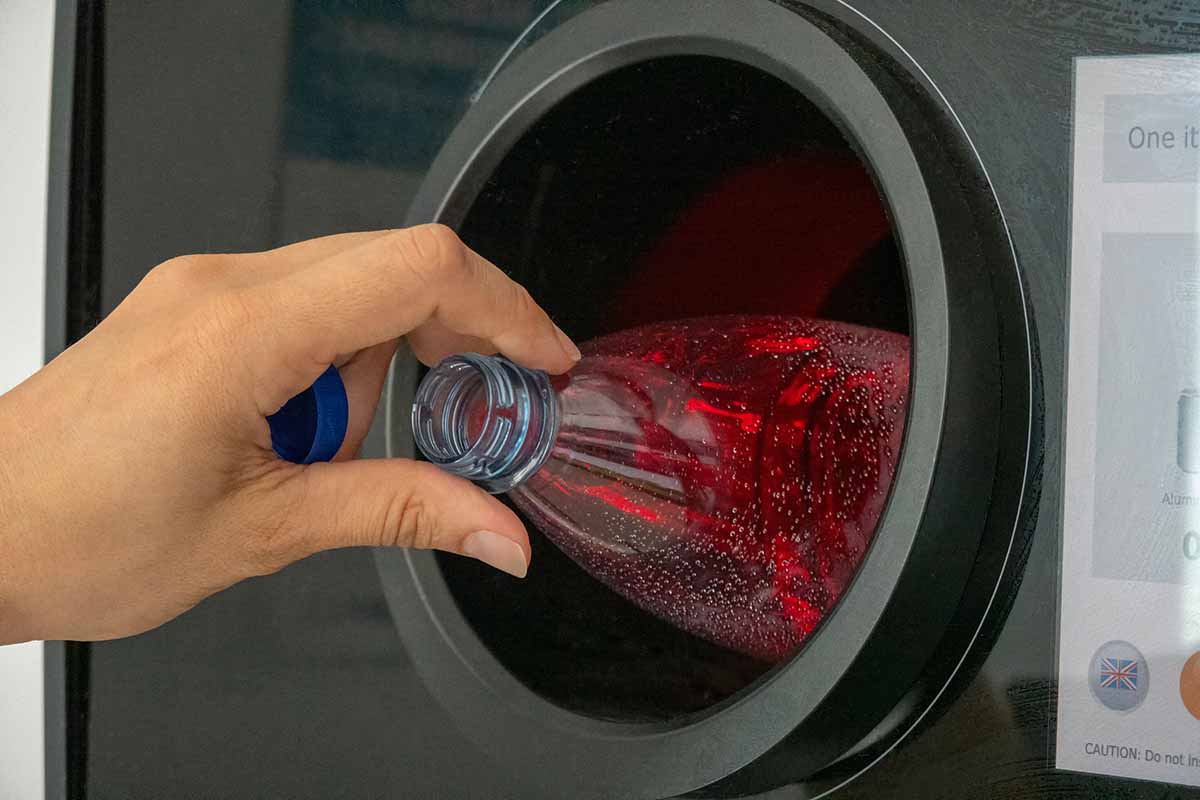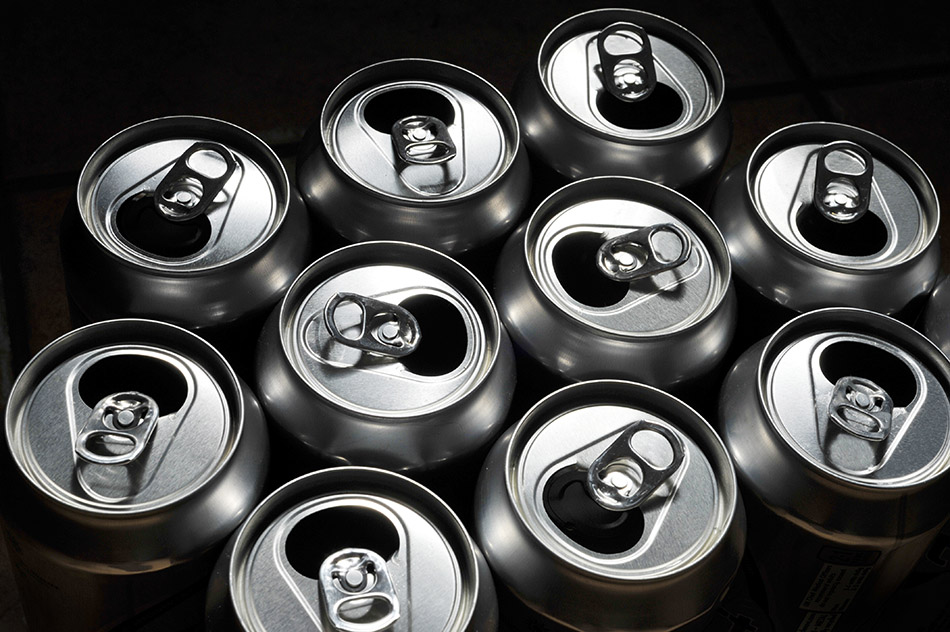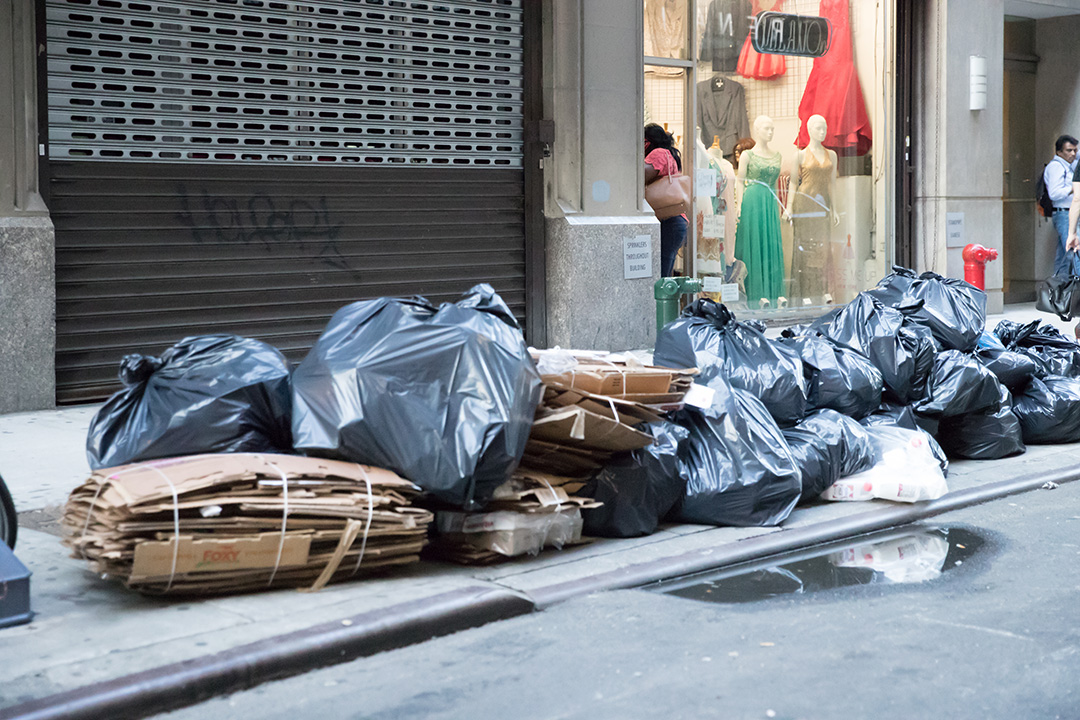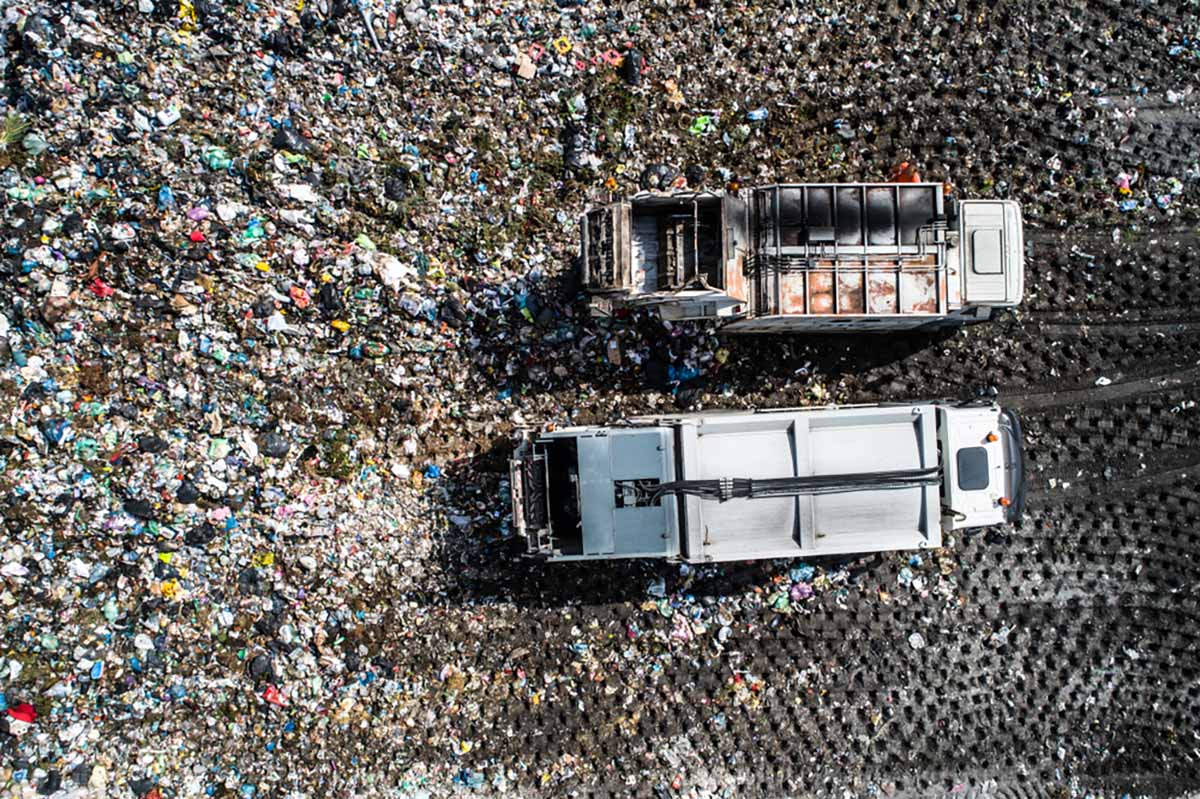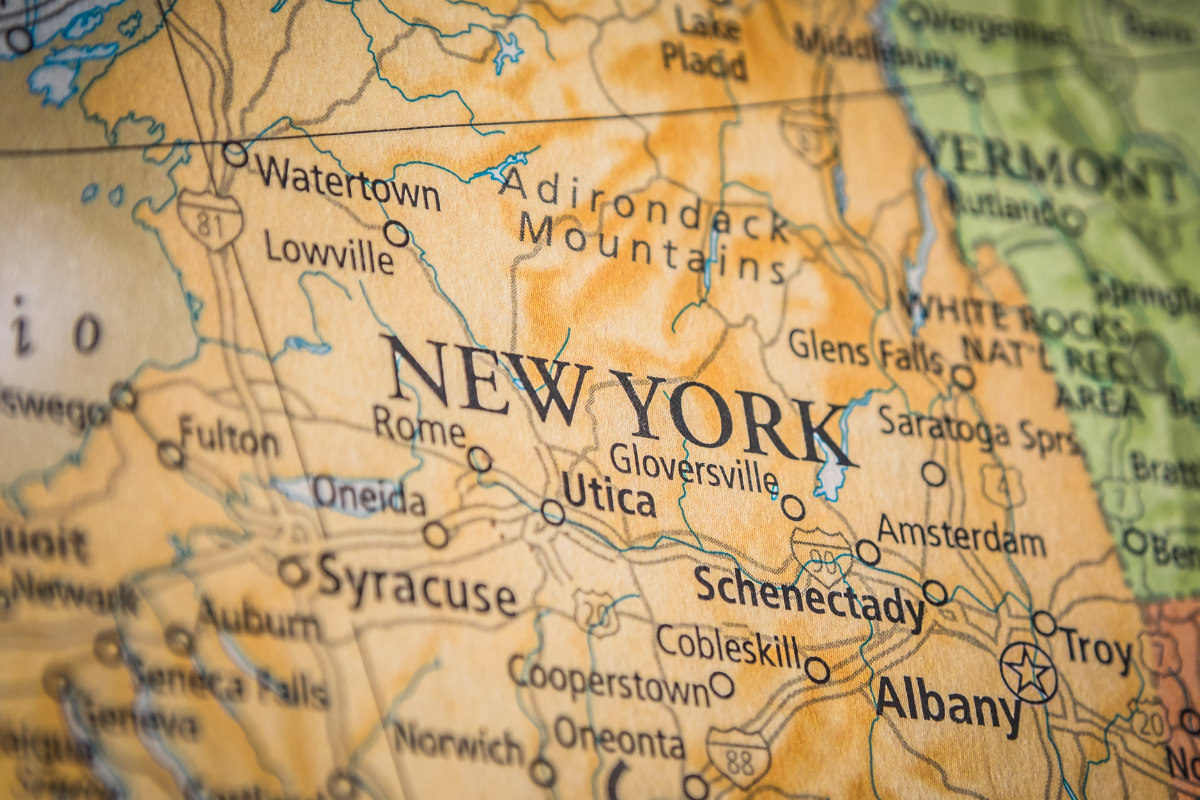
RRS compiled initial data on the collection and recycling system in the state, and of the 121 categories of data the report sought, 43 were available, 27 were partially available and 51 were currently unknown or not currently available. | BestStockFoto/Shutterstock
While New York has several efforts underway to gather more recycling data, significant gaps still remain and could complicate passage of an extended producer responsibility bill for paper and packaging, a recent analysis found. Continue Reading


